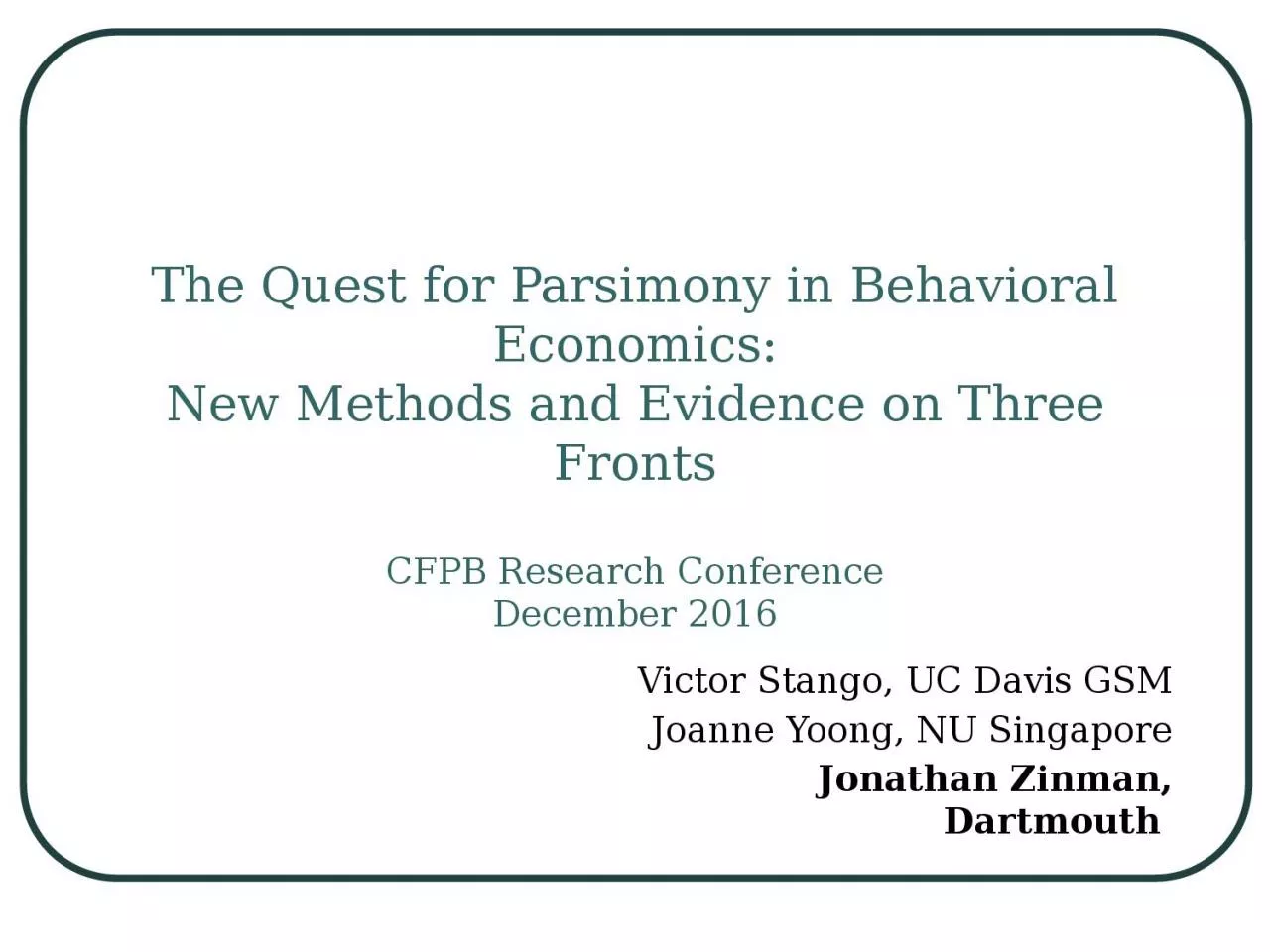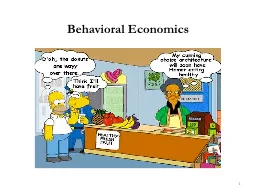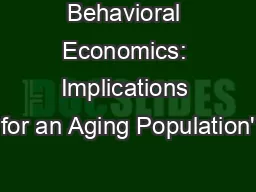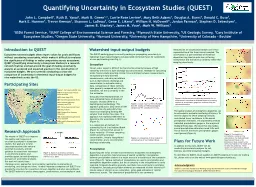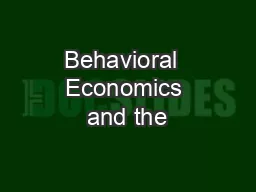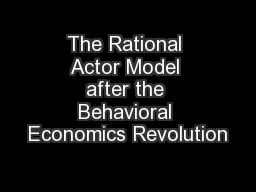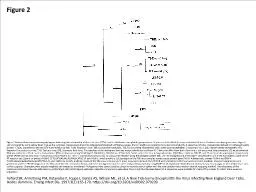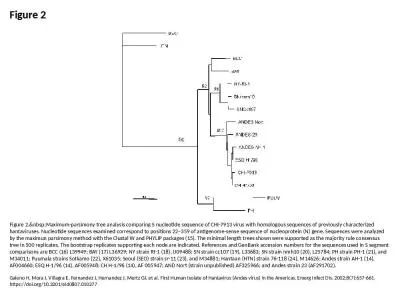PPT-The Quest for Parsimony in Behavioral Economics:
Author : sophia | Published Date : 2022-06-18
New Methods and Evidence on Three Fronts CFPB Research Conference December 2016 Victor Stango UC Davis GSM Joanne Yoong NU Singapore Jonathan Zinman Dartmouth
Presentation Embed Code
Download Presentation
Download Presentation The PPT/PDF document "The Quest for Parsimony in Behavioral Ec..." is the property of its rightful owner. Permission is granted to download and print the materials on this website for personal, non-commercial use only, and to display it on your personal computer provided you do not modify the materials and that you retain all copyright notices contained in the materials. By downloading content from our website, you accept the terms of this agreement.
The Quest for Parsimony in Behavioral Economics:: Transcript
Download Rules Of Document
"The Quest for Parsimony in Behavioral Economics:"The content belongs to its owner. You may download and print it for personal use, without modification, and keep all copyright notices. By downloading, you agree to these terms.
Related Documents

